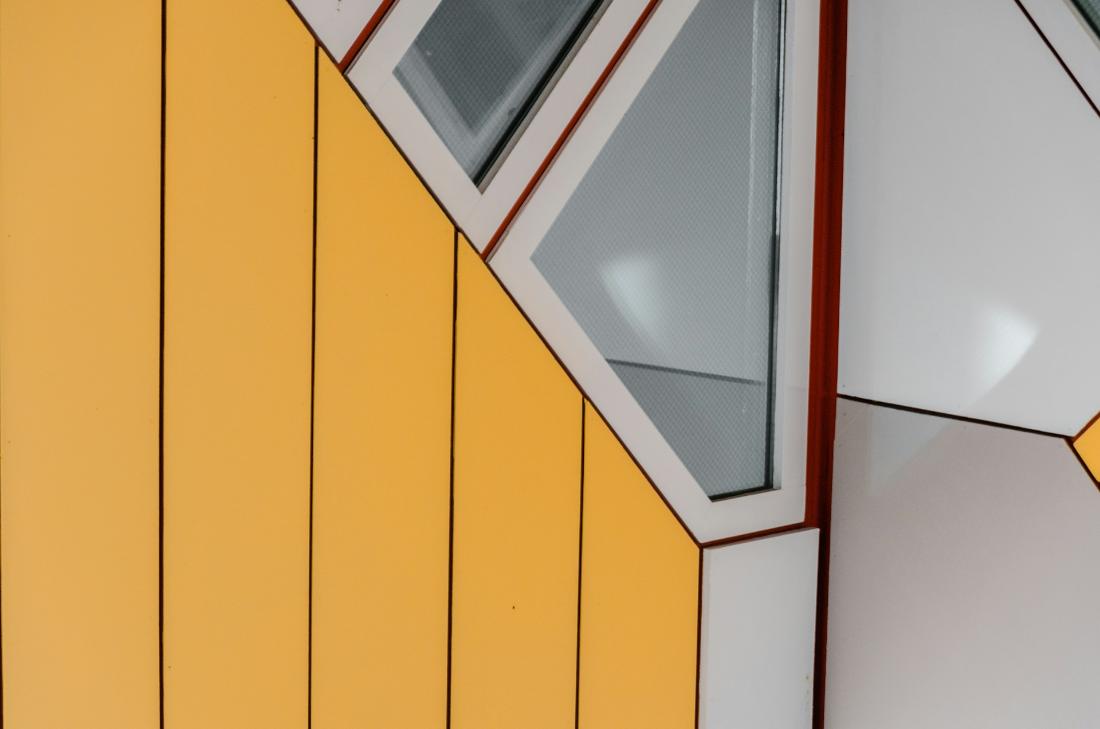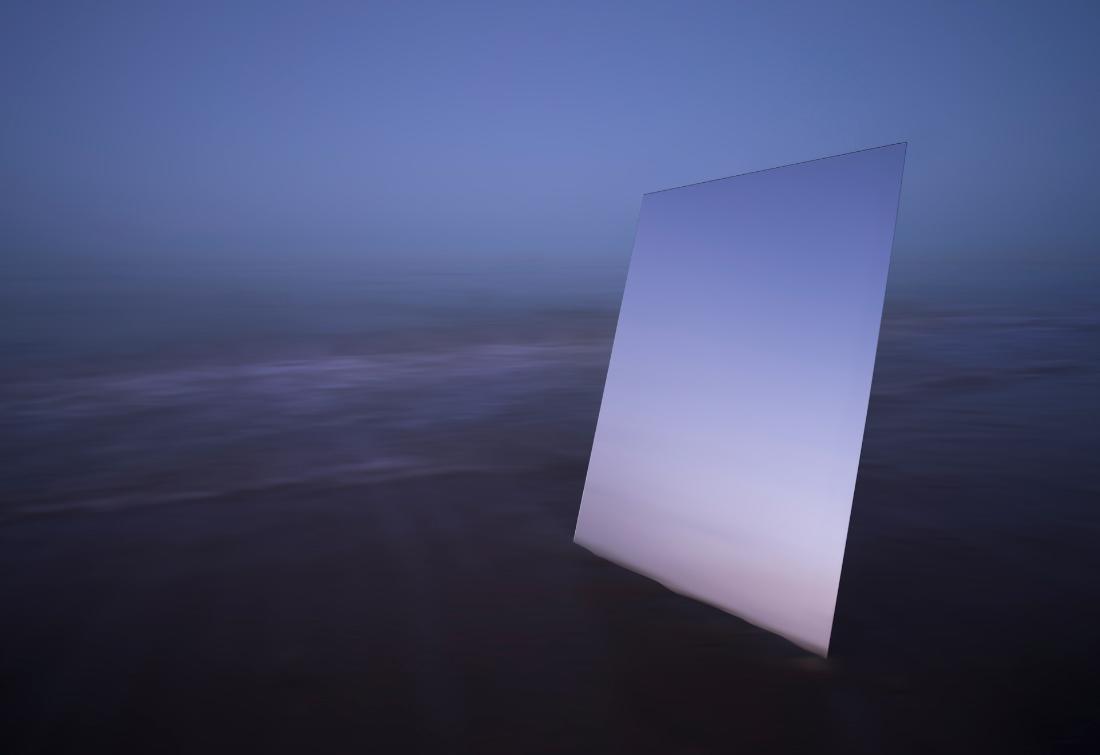Material
Acrylic Supplier in Malaysia: Crafting Clarity and Durability for Modern Needs
Aug 1 2025
The first time I held a perfectly clear acrylic sheet in my hands at a Kuala Lumpur fabrication workshop, I was struck by its deceptive simplicity. Smooth as glass yet surprisingly lightweight, this versatile material would soon become the backbone of countless Malaysian projects—from sleek retail displays to hurricane-resistant windows in coastal homes. As a design consultant who has worked with acrylic across various industries, I've come to appreciate how the right acrylic supplier in Malaysia can make or break a project's success.
Acrylic, known chemically as polymethyl methacrylate (PMMA), has quietly revolutionized Malaysian manufacturing and design. Unlike glass, it offers superior impact resistance while maintaining optical clarity. Unlike polycarbonate, it resists yellowing over time. These qualities make it indispensable for signage, protective barriers, lighting fixtures, and even medical equipment. But here's what most buyers don't realize—not all acrylic is created equal, and your supplier's expertise matters just as much as the material itself.
The Malaysian Acrylic Landscape: More Than Meets the Eye
Walk through any urban center in Malaysia, and you're surrounded by acrylic applications you might not even notice. The curved display counters in Pavilion Kuala Lumpur's luxury boutiques, the anti-splash barriers at your favorite noodle stall, even the colorful educational models in government hospitals—all rely on high-quality acrylic.
Our tropical climate presents unique challenges that test acrylic's limits. The intense UV exposure in Penang can cause inferior acrylic to cloud and brittle within months. The high humidity in Johor Bahru demands materials with exceptional moisture resistance. A reputable supplier understands these environmental factors and stocks products specifically formulated for Malaysian conditions.
I learned this lesson the hard way when a client's outdoor signage yellowed prematurely after just six months. The supplier had provided standard-grade acrylic without UV stabilizers, costing us thousands in replacements. Now, I only work with suppliers who can explain the exact composition of their sheets and provide technical data sheets from manufacturers.
Acrylic, known chemically as polymethyl methacrylate (PMMA), has quietly revolutionized Malaysian manufacturing and design. Unlike glass, it offers superior impact resistance while maintaining optical clarity. Unlike polycarbonate, it resists yellowing over time. These qualities make it indispensable for signage, protective barriers, lighting fixtures, and even medical equipment. But here's what most buyers don't realize—not all acrylic is created equal, and your supplier's expertise matters just as much as the material itself.
The Malaysian Acrylic Landscape: More Than Meets the Eye
Walk through any urban center in Malaysia, and you're surrounded by acrylic applications you might not even notice. The curved display counters in Pavilion Kuala Lumpur's luxury boutiques, the anti-splash barriers at your favorite noodle stall, even the colorful educational models in government hospitals—all rely on high-quality acrylic.
Our tropical climate presents unique challenges that test acrylic's limits. The intense UV exposure in Penang can cause inferior acrylic to cloud and brittle within months. The high humidity in Johor Bahru demands materials with exceptional moisture resistance. A reputable supplier understands these environmental factors and stocks products specifically formulated for Malaysian conditions.
I learned this lesson the hard way when a client's outdoor signage yellowed prematurely after just six months. The supplier had provided standard-grade acrylic without UV stabilizers, costing us thousands in replacements. Now, I only work with suppliers who can explain the exact composition of their sheets and provide technical data sheets from manufacturers.
Decoding Acrylic Varieties: A Buyer's Guide
Navigating the world of acrylic requires understanding subtle but crucial differences. Cast acrylic, extruded acrylic, impact-modified acrylic—each has distinct properties that make it suitable for specific applications.
Cast acrylic remains the gold standard for precision work. Produced by pouring liquid acrylic between glass molds, it offers superior optical clarity and is ideal for laser cutting and fabrication. The best Malaysian suppliers stock cast acrylic in thicknesses ranging from paper-thin 1mm sheets to robust 25mm panels, each with specific light transmission and impact resistance ratings.
Extruded acrylic, while more affordable, has different thermal properties that affect its workability. During a recent project at a Selangor fabrication shop, we discovered that extruded sheets would warp under heat bending unless handled by experienced technicians. A knowledgeable supplier will guide clients toward the right type based on their fabrication methods.
For high-impact applications like protective barriers in schools or hospitals, impact-modified acrylic provides crucial safety benefits. After the 2018 incident where a glass door shattered at a Kuala Lumpur international school, many institutions switched to this shatter-resistant alternative. Top suppliers now offer anti-microbial treated variants for healthcare settings—a testament to how specialized acrylic has become.
The Supplier Difference: Beyond Just Selling Sheets
What separates exceptional acrylic suppliers from mediocre ones extends far beyond their product catalogs. The best ones function as technical partners, offering value-added services that elevate their offerings.
Material selection assistance is perhaps the most underrated service. When designing the lighting fixtures for a Malacca heritage hotel, our supplier's technical team recommended a specific opal acrylic diffuser that balanced light transmission with durability—saving us weeks of trial and error.
Cut-to-size services represent another differentiator. The leading suppliers in Penang and Klang Valley now employ CNC machines that can deliver precision-cut components with tolerances under 0.5mm. For small businesses without cutting equipment, this service is invaluable.
Inventory management separates the professionals from the order-takers. During the 2020 supply chain disruptions, our go-to supplier in Shah Alam maintained strategic reserves of clear 3mm and 5mm sheets—the workhorses of the industry—while competitors faced months-long backorders. Their foresight kept dozens of local signmakers in business.
Navigating the world of acrylic requires understanding subtle but crucial differences. Cast acrylic, extruded acrylic, impact-modified acrylic—each has distinct properties that make it suitable for specific applications.
Cast acrylic remains the gold standard for precision work. Produced by pouring liquid acrylic between glass molds, it offers superior optical clarity and is ideal for laser cutting and fabrication. The best Malaysian suppliers stock cast acrylic in thicknesses ranging from paper-thin 1mm sheets to robust 25mm panels, each with specific light transmission and impact resistance ratings.
Extruded acrylic, while more affordable, has different thermal properties that affect its workability. During a recent project at a Selangor fabrication shop, we discovered that extruded sheets would warp under heat bending unless handled by experienced technicians. A knowledgeable supplier will guide clients toward the right type based on their fabrication methods.
For high-impact applications like protective barriers in schools or hospitals, impact-modified acrylic provides crucial safety benefits. After the 2018 incident where a glass door shattered at a Kuala Lumpur international school, many institutions switched to this shatter-resistant alternative. Top suppliers now offer anti-microbial treated variants for healthcare settings—a testament to how specialized acrylic has become.
The Supplier Difference: Beyond Just Selling Sheets
What separates exceptional acrylic suppliers from mediocre ones extends far beyond their product catalogs. The best ones function as technical partners, offering value-added services that elevate their offerings.
Material selection assistance is perhaps the most underrated service. When designing the lighting fixtures for a Malacca heritage hotel, our supplier's technical team recommended a specific opal acrylic diffuser that balanced light transmission with durability—saving us weeks of trial and error.
Cut-to-size services represent another differentiator. The leading suppliers in Penang and Klang Valley now employ CNC machines that can deliver precision-cut components with tolerances under 0.5mm. For small businesses without cutting equipment, this service is invaluable.
Inventory management separates the professionals from the order-takers. During the 2020 supply chain disruptions, our go-to supplier in Shah Alam maintained strategic reserves of clear 3mm and 5mm sheets—the workhorses of the industry—while competitors faced months-long backorders. Their foresight kept dozens of local signmakers in business.
Sustainability: The New Frontier for Acrylic
The acrylic industry is undergoing a quiet revolution as environmental concerns take center stage. Forward-thinking Malaysian suppliers now offer several eco-conscious options:
Recycled acrylic, made from post-industrial waste, performs nearly identically to virgin material but with a significantly lower carbon footprint. At a recent trade show in Johor, I saw stunning furniture pieces crafted from 100% recycled acrylic that rivaled new material in clarity.
Bio-based acrylics, derived partially from plant sources, are emerging as another sustainable alternative. While currently accounting for less than 5% of the Malaysian market, their share is growing rapidly among environmentally conscious architects and designers.
The most progressive suppliers have implemented take-back programs, where acrylic offcuts can be returned for recycling. This closed-loop approach not only reduces waste but also helps clients meet their corporate sustainability targets.
Choosing Your Acrylic Partner: Key Considerations
After a decade of sourcing acrylic across Malaysia, I've developed a checklist for identifying top-tier suppliers:
Technical expertise should be your first filter. Can the sales representative explain the difference between Plexiglas and Perspex formulations? Do they understand how tropical heat affects acrylic's coefficient of expansion? This knowledge directly impacts your project's success.
Inventory transparency is crucial. During the recent global raw material shortages, some suppliers were caught "ghost stocking"—listing unavailable items as in-stock. The most reputable ones provide real-time inventory tracking and honest lead time estimates.
Value-added services often justify slightly higher prices. Does the supplier offer protective film options? Can they provide custom colors or textures? Do they keep specialized adhesives and polishing compounds in stock? These extras save tremendous time and hassle.
Location logistics matter more than many buyers realize. Acrylic sheets are bulky and fragile. A supplier with strategically located warehouses in Penang, Johor, and the Klang Valley can significantly reduce shipping costs and breakage risks.
The Future of Acrylic in Malaysia
As I walk through the ongoing Tun Razak Exchange development, I see acrylic playing starring roles in next-generation architectural features. Self-cleaning photocatalytic acrylic cladding. Switchable privacy glass made from laminated smart acrylic. Even acrylic composites being tested for lightweight structural applications.
The suppliers who will thrive are those investing in these advanced materials while maintaining their core commitment to quality and service. They understand that in Malaysia's competitive manufacturing and design landscape, acrylic isn't just a product—it's an enabler of innovation.
For businesses and creators, choosing the right acrylic supplier isn't merely a purchasing decision. It's forming a partnership with experts who can help translate visions into durable, beautiful reality. In a material world, that's a relationship worth cultivating.
The acrylic industry is undergoing a quiet revolution as environmental concerns take center stage. Forward-thinking Malaysian suppliers now offer several eco-conscious options:
Recycled acrylic, made from post-industrial waste, performs nearly identically to virgin material but with a significantly lower carbon footprint. At a recent trade show in Johor, I saw stunning furniture pieces crafted from 100% recycled acrylic that rivaled new material in clarity.
Bio-based acrylics, derived partially from plant sources, are emerging as another sustainable alternative. While currently accounting for less than 5% of the Malaysian market, their share is growing rapidly among environmentally conscious architects and designers.
The most progressive suppliers have implemented take-back programs, where acrylic offcuts can be returned for recycling. This closed-loop approach not only reduces waste but also helps clients meet their corporate sustainability targets.
Choosing Your Acrylic Partner: Key Considerations
After a decade of sourcing acrylic across Malaysia, I've developed a checklist for identifying top-tier suppliers:
Technical expertise should be your first filter. Can the sales representative explain the difference between Plexiglas and Perspex formulations? Do they understand how tropical heat affects acrylic's coefficient of expansion? This knowledge directly impacts your project's success.
Inventory transparency is crucial. During the recent global raw material shortages, some suppliers were caught "ghost stocking"—listing unavailable items as in-stock. The most reputable ones provide real-time inventory tracking and honest lead time estimates.
Value-added services often justify slightly higher prices. Does the supplier offer protective film options? Can they provide custom colors or textures? Do they keep specialized adhesives and polishing compounds in stock? These extras save tremendous time and hassle.
Location logistics matter more than many buyers realize. Acrylic sheets are bulky and fragile. A supplier with strategically located warehouses in Penang, Johor, and the Klang Valley can significantly reduce shipping costs and breakage risks.
The Future of Acrylic in Malaysia
As I walk through the ongoing Tun Razak Exchange development, I see acrylic playing starring roles in next-generation architectural features. Self-cleaning photocatalytic acrylic cladding. Switchable privacy glass made from laminated smart acrylic. Even acrylic composites being tested for lightweight structural applications.
The suppliers who will thrive are those investing in these advanced materials while maintaining their core commitment to quality and service. They understand that in Malaysia's competitive manufacturing and design landscape, acrylic isn't just a product—it's an enabler of innovation.
For businesses and creators, choosing the right acrylic supplier isn't merely a purchasing decision. It's forming a partnership with experts who can help translate visions into durable, beautiful reality. In a material world, that's a relationship worth cultivating.


